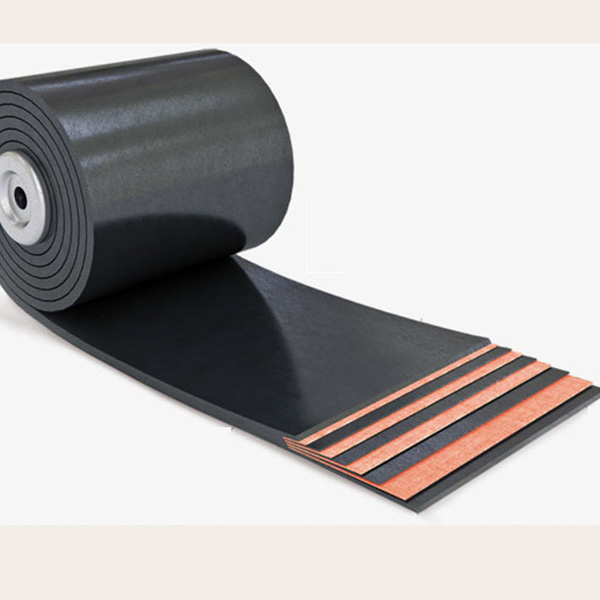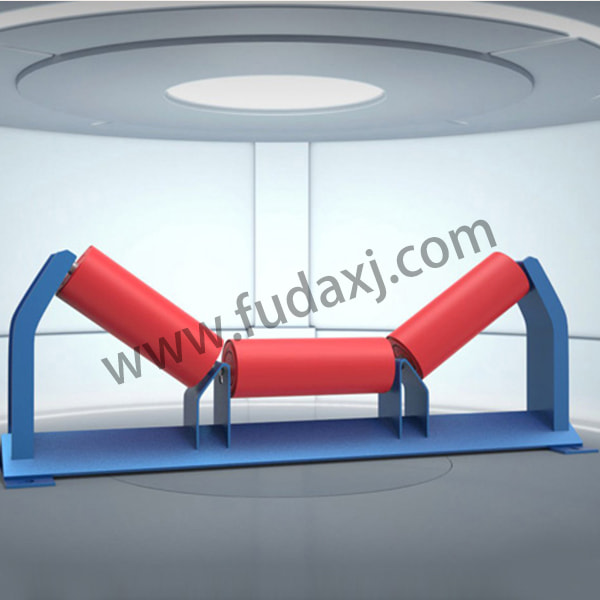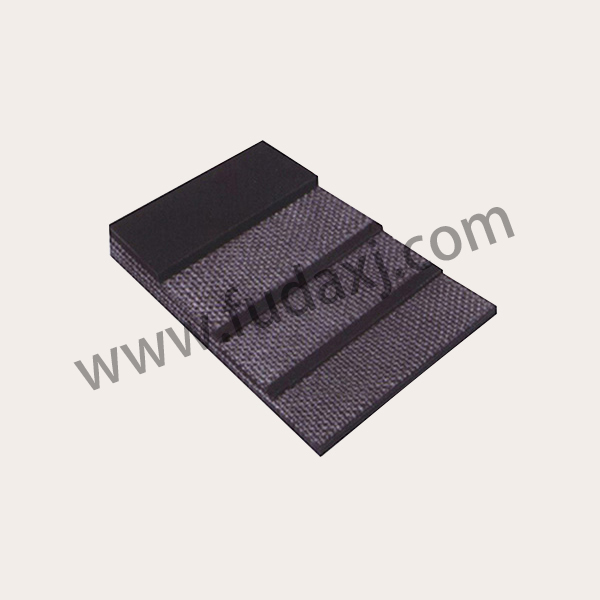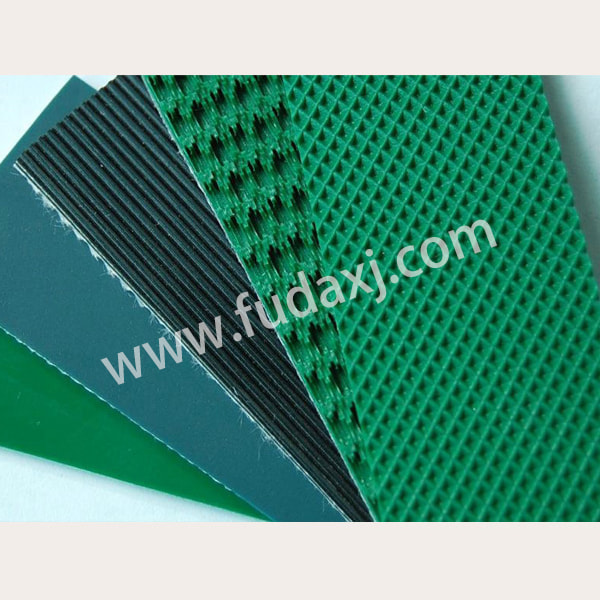
China Wholesale Cement Conveyor Belt Company Supplier Maker
The cement industry is a cornerstone of modern construction, but it also faces significant environmental challenges. One area of focus for reducing the industry's environmental footprint is the technology used in the transportation of cement within production facilities. Cement conveyor belts, while essential, can contribute to energy consumption and material waste.
Cement conveyor belts are critical components in the cement manufacturing process, designed to transport bulk materials like cement, clinker, and other abrasive substances. These belts are made from durable materials that can withstand the harsh conditions of a cement plant, including exposure to dust, moisture, and the abrasive nature of the materials they carry.
The belts are typically driven by a motor that turns rollers, which move the belt along a predetermined path. They can be configured in various ways, including straight runs, curves, and inclines, to suit the layout of the plant. Safety features such as guards and emergency stop buttons are standard to protect workers from the moving machinery.
Cement conveyor belts are engineered to small downtime and maintenance, with features like impact beds to absorb shocks and wear-resistant coatings to extend their lifespan. They play a vital role in ensuring the smooth and efficient operation of cement production facilities, contributing to the industry's productivity and sustainability efforts.
Cement production is energy-intensive, and the transportation of cement within a plant can contribute to this consumption. Conveyor belts, while efficient, require power to operate, and the wear and tear on the belts themselves can material waste and the need for frequent replacements. This not only impacts the bottom line for manufacturers but also contributes to the overall carbon footprint of the industry.
Energy-Efficient Designs: Manufacturers are developing conveyor belts with materials that reduce friction, thereby decreasing the energy required to move the belt. This can significant energy savings over time.
Durable Materials: The use of more durable materials in the construction of conveyor belts can extend their lifespan, reducing the need for frequent replacements and the associated waste.
Recyclable Components: Some companies are exploring the use of recyclable materials in conveyor belt production, allowing for the belts to be recycled at the end of their life, reducing landfill waste.
Smart Monitoring Systems: Implementing smart monitoring systems can help identify issues with conveyor belts before they become critical, reducing downtime and the need for emergency repairs that can additional waste.
Closed-Loop Systems: In some cases, closed-loop conveyor systems are being used to recycle material back into the production process, small waste and improving efficiency.
As the world moves towards more sustainable practices, the cement industry is under increasing pressure to reduce its environmental impact. Conveyor belt technology is evolving to meet these challenges, with a focus on energy efficiency, durability, and sustainability.
While cement conveyor belts are a critical component of the cement production process, their environmental impact cannot be ignored. By embracing innovative solutions and focusing on sustainable practices, the industry can work towards reducing its carbon footprint and moving towards a greener future. The advancements in conveyor belt technology are a testament to the industry's commitment to environmental responsibility and the potential for further innovation in this area.
 English
English 简体中文
简体中文 Español
Español عرب
عرب
 English
English





 Fax: 0086-576-83019528
Fax: 0086-576-83019528